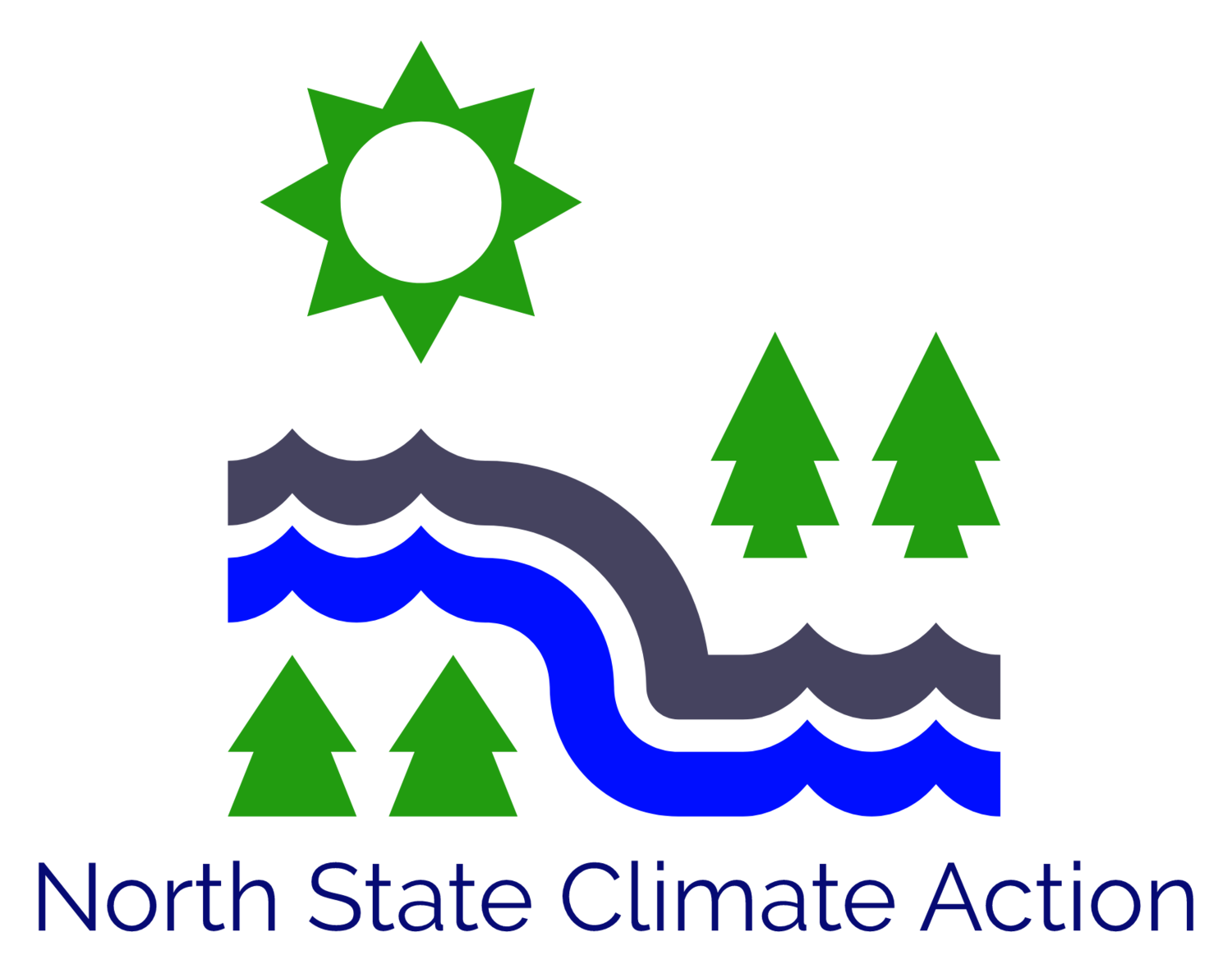The Keeling Curve and The “Enhanced” Greenhouse Effect
As was explained in the previous post about the greenhouse effect, life on Earth as we know it would not exist without specific heat-trapping, greenhouse gases (GHG) in the atmosphere like water vapor, carbon dioxide and methane. This crucial relationship between GHG levels in the atmosphere and the temperature of the Earth was first established by the Irish physicist John Tyndall in 1859.
Building on Tyndall’s work, the Swedish Physicist Svante Arrhenius wondered how much the Earth’s atmosphere would warm in response to CO2 emissions from human-based industries like coal factories. In 1896, Arrhenius released a paper that predicted that doubling CO2 levels in the atmosphere “would raise the Earth's temperature some 5-6°C.” In response to this, a new phrase was coined: “We are evaporating our coal mines into the air.”
Sixty years later, in 1956, a Canadian Physicist named Gilbert Plass came to a similar, but somewhat “cooler” conclusion. He predicted “that a doubling of CO2 would cause the planet to warm 3.6°C, that CO2 levels would rise 30% over the 20th Century and it would warm by about 1°C over the same period.”
Meanwhile, a young, postdoctoral fellow in the department of geochemistry at the California Institute of Technology (Caltech), began one of the most important research projects in the history of science. His name was Charles David Keeling and he was the first scientist to figure out how to measure CO2 levels in the atmosphere. He was quickly hired by the Weather Bureau’s Division of Meteorological Research and the Scripps Institution of Oceanography, to continue his research for them. He then designed and set up a special infrared gas analyzer to perform continuous measurements of CO2 in air samples at the Weather Bureau’s Mauna Loa Observatory.
“The observatory is located on the remote north slope of the Mauna Loa volcano, one of several volcanoes on the Island of Hawaii and it is an ideal location for collecting pristine air far from human influences. The first reading from Mauna Loa, dated March 29, 1958, measured the atmospheric CO2 concentration at 313 parts per million (ppm).”
As time went by, Keeling discovered that planetary CO2 levels peaked every May and reached its lowest level of the year in November, reflecting “the impact of vegetation cycles that prevail across the northern hemisphere: Plants take in CO2 during the growing period lasting from April through August in a process called photosynthesis, thus reducing atmospheric CO2 levels during these months. In the winter when plants lose their foliage, carbon stored within plant tissues and soils is released to the atmosphere, increasing CO2 concentrations.” This pattern is now known as “Earth’s breathing cycle” and can be viewed as the “jagged teeth” of the steadily upward climb of the Keeling Curve.

